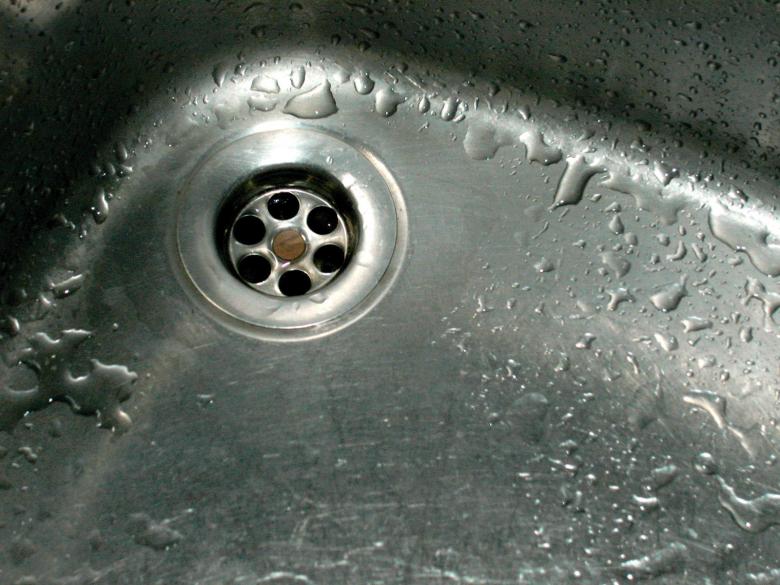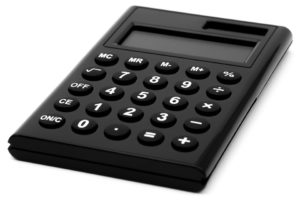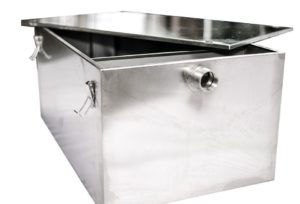
Grease traps are an important addition to any commercial kitchen. Their work in limiting the amount of harmful waste that ends up in the drainage systems and consequently the environment can never be overstated.
Every year, millions of litres of wastewater get dumped into the drainage system in the UK alone from activities carried out in commercial kitchens. On the same thread, water companies spend millions clearing blockages caused by fatbergs which are as a direct result from the FOG introduced by this wastewater from the commercial kitchen.
To prevent this from happening, authorities have introduced laws, regulations and guidelines that involve the usage of grease traps in any commercial establishment serving food. While this isn’t compulsory at present in England, it is strongly advised and will likely become a legal requirement (as it is in Scotland) very soon. You could pay hefty fines for failure to use the appropriate grease traps as directed by your local authorities.
Given the importance of a grease trap to your business and the environment at large, it is important for you, as a commercial kitchen owner, to understand what kind of grease trap you need and the appropriate size for maximum effect. 
Picking the Right Size
Grease traps do not come in one universal size, the same way, not all commercial food establishment are equal. Therefore, you need to understand what size of the grease trap is most ideal for you.
The work of the grease trap is to slow down wastewater coming from the outlet of the sink of dishwasher long enough for it to cool down. The grease can then separate from the water before the water flows out.
Picking a smaller or bigger grease trap could cause overflows or back-ups in your drainage systems. Both of these outcomes are bound to create a mess you do not want to have to handle in your commercial kitchen. The kitchen would need to be shut down for deep cleaning, resulting in unexpected down-time and loss of profit. It might also lead to the FOG being released into the drainage system thus rendering the grease trap ineffective and your business at risk of prosecution.
The grease traps you will be using are sized according to the rate of water flowing in gallons per minute (GPM). This flow will further be determined by the number of sink outlets and applicable equipment such as glasswasher and dishwashers in your commercial kitchen. Therefore, the more flow of water you have the bigger your grease trap should be.
This is then calculated against the grease trap’s capacity to determine how much waste it can handle at any particular time. Here are some of the calculations you will have to do for your grease traps. 
Pot Washing Sinks
To calculate the flow rate;
- First, start by multiplying the length by the width and depth of your sink in inches. This gives you the capacity of the sink in cubic inches.
- Then convert these cubic inches to gallons per minute in order to get the flow rate. You will do this by dividing the cubic inches by 231.
- Adjust for displacement i.e. the actual capacity of the sink that you will be using, by multiplying it by 0.75.
Your math should look like this
L x W x D to give you X as the capacity of the sink then X/231 to give you Y as the flow rate in gallons per minute (GPM). Then Y multiplied by 0.75 to give you the size of the grease trap you will need for your commercial kitchen.
In the event you are using multiple sinks in your establishment and one grease trap;
- Calculate the flow rate for each individual sink
- Take 100% of the largest flow rate, 50% of the second largest and 25% of the rest and add them together.
- The flow rate you get is what’s recommended for that particular grease trap.

Dishwashing machines
Normally, authorities require that dishwashers have individual grease traps. They are different from conventional sinks since their capacity is clearly indicated.
- For machines with a 10-15 gallons capacity, use a grease trap that can handle at 15 pounds or higher.
- 20 to 30 gallons require a grease trap that can handle at least 20 pounds.
You do not have to carry out all these calculations for your grease traps alone. You could simply seek advice from a reputable grease trap supplier or from the local water company who will carry out a site visit and advise on the appropriate grease trap, including advising you on other factors such as the cost-effectiveness of the items.

Leave a Comment
Your email address will not be published. Required fields are marked *